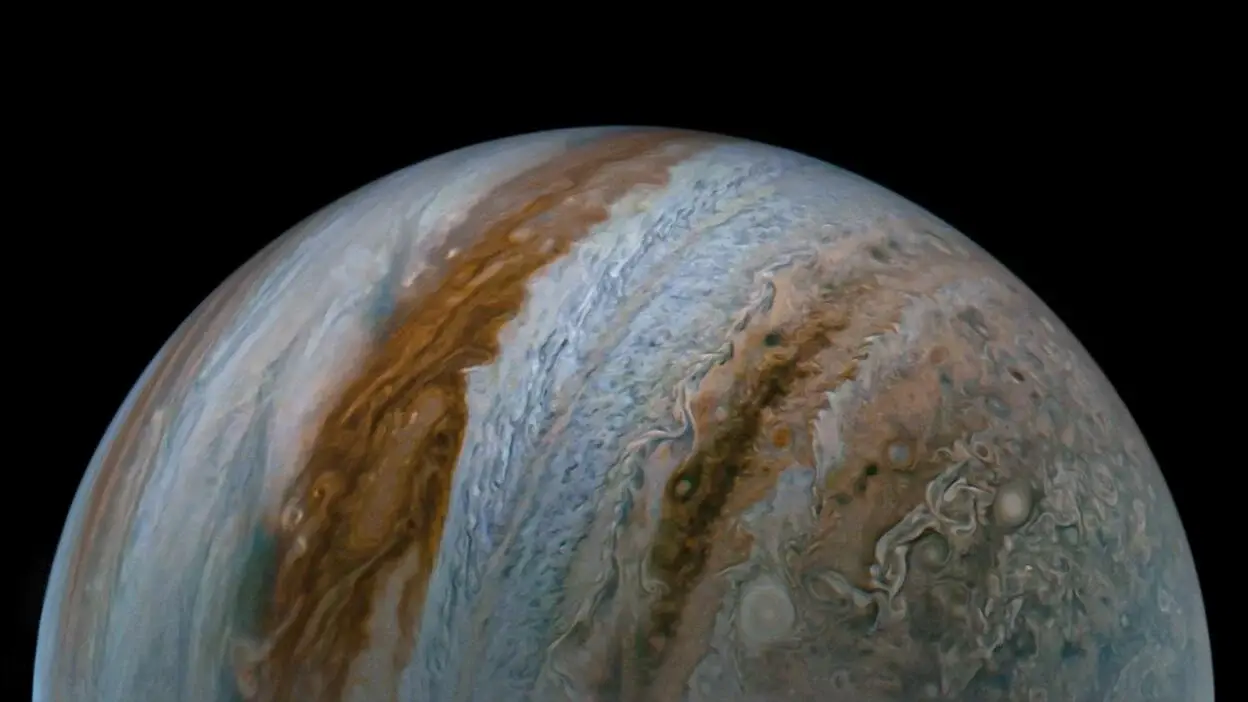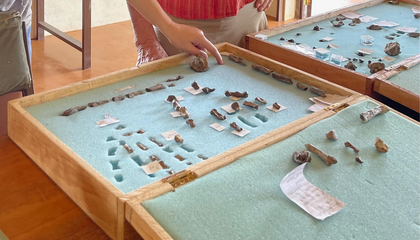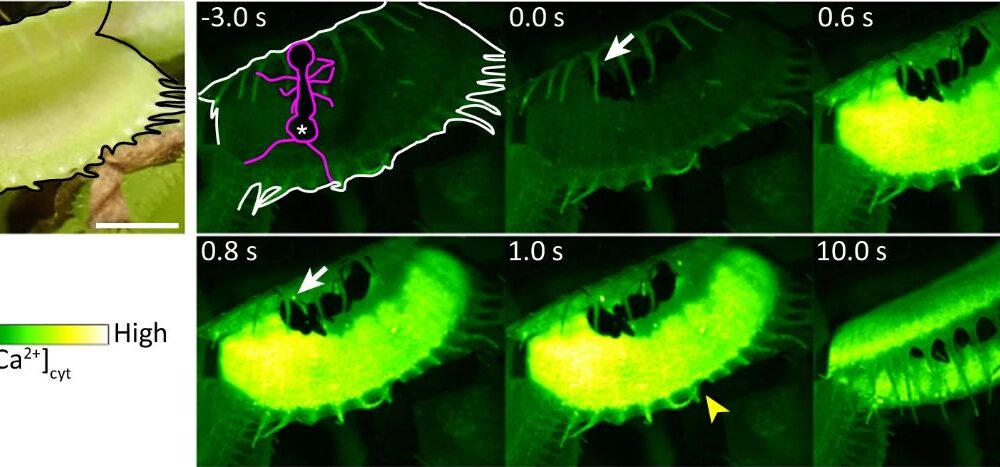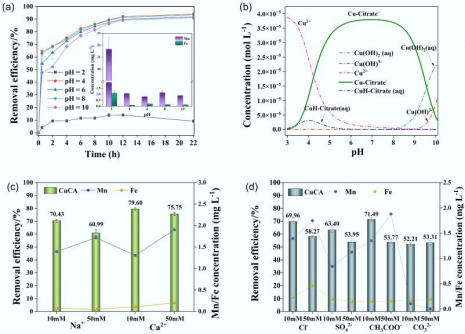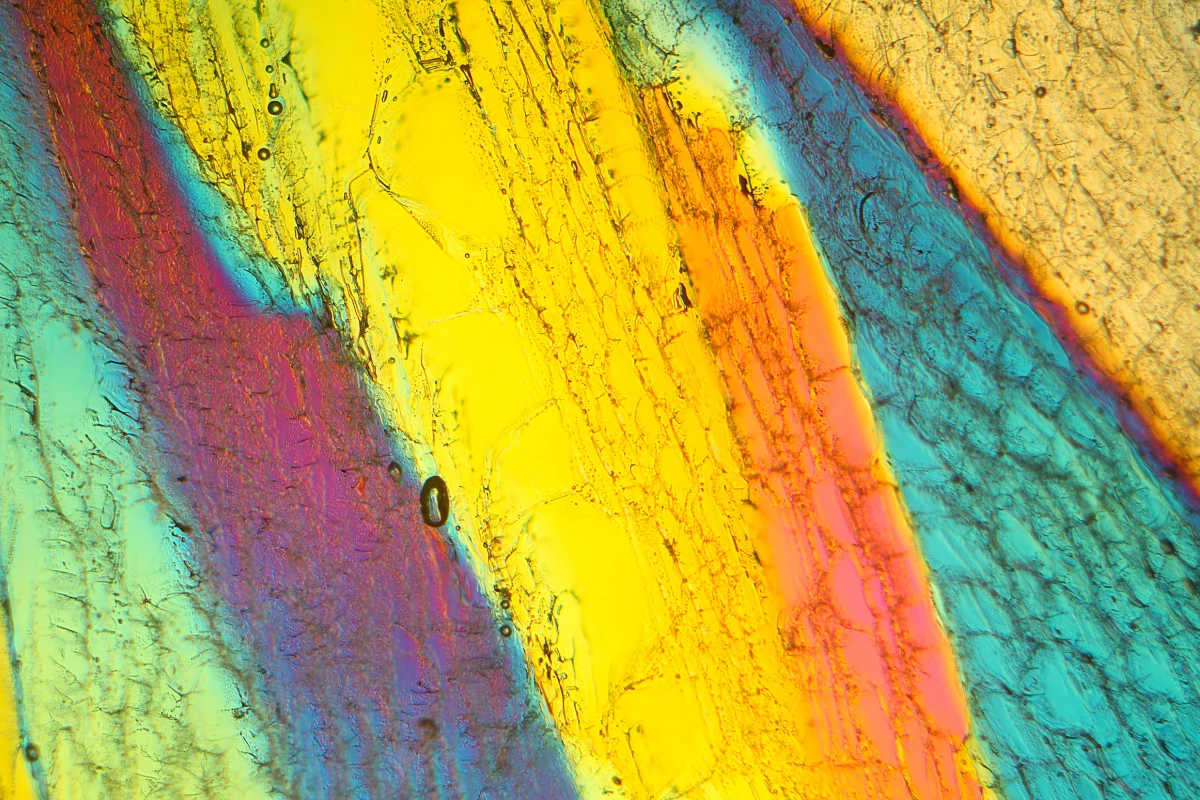New research from Rice University in Houston reveals that Jupiter played a crucial role in the development of Earth. Without the influence of this gas giant, early Earth may have drifted too close to the sun, rendering it incapable of supporting life. This finding sheds light on the formation of the solar system and the timing of the materials that contributed to planet formation.
Scientists have long been puzzled by the distinct generations of solid objects in the solar system, particularly why they did not form simultaneously. Evidence from meteorites, which are fragments of rocky debris that fall to Earth, indicates that the first generation of planet-building materials emerged rapidly within the first million years. In contrast, the second generation, which produced rocky materials closer to Earth, Mars, and Venus, formed two to three million years later. Researchers sought to understand how enough dust remained to create this second wave of materials.
To investigate this, scientists conducted detailed computer simulations of the young solar system. The results, published in the journal Science Advances, identified Jupiter as a key player in this process. Prior to this research, no model existed that could fully explain the age gap between these two sets of planet-building materials. This study is pioneering in its approach, combining how Jupiter formed, how dust moved, and how asteroids developed into a cohesive explanation.
Jupiter’s immense gravity not only helped prevent Earth and its neighboring planets from migrating inward but also limited their growth by restricting access to materials from the outer solar system. According to Baibhav Srivastava, a planetary scientist and co-author of the study, “Our Earth might have become a ‘super-Earth.’ This may have significant implications for the potential habitability of Earth as well, since it may have left the ‘Goldilocks’ zone of the solar system.” The Goldilocks zone refers to the region around a star where conditions are just right for liquid water to exist on a planet’s surface.
The research highlights Jupiter’s role as the architect of the solar system, where its gravitational influence shaped the orbits of other planets and organized the gas and dust from which they formed. This celestial neighborhood is estimated to be around 4.5 billion years old. As Jupiter grew, it restructured the surrounding environment by draining gas from the inner region and creating high-pressure ridges that effectively confined dust into ring-like clumps. These “dust traps” facilitated the formation of new solid objects long after the original ones had formed, naturally explaining the timeline of the second generation of rocky materials.
The timing of this second wave aligns with that of ordinary chondrites, the most common type of stony meteorite found on Earth. Scientists estimate the ages of these meteorites’ parent bodies by measuring isotopes within them. By comparing the remaining amounts of original isotopes to their decayed forms, researchers can determine when the rock solidified, similar to carbon dating but using heavier elements like lead, rubidium, and strontium.
By the time the second generation of rocky material solidified, Earth was already in the process of formation, meaning these materials likely contributed little to the planet itself. The model suggests that Jupiter must have formed extremely early—within the first 2 million years of the solar system’s existence—allowing it ample time to shape the remaining gas and dust around the sun.
The findings resonate with contemporary astronomical observations. André Izidoro, an assistant professor at Rice and co-author of the study, noted, “Looking at those young disks, we see the beginning of giant planets forming and reshaping their birth environment. Our own solar system was no different. Jupiter’s early growth left a signature we can still read today, locked inside meteorites that fall to Earth.”
This groundbreaking research not only deepens our understanding of the solar system’s formation but also raises important questions about the conditions necessary for life on Earth and potentially on other planets. The interplay between Jupiter and the early solar system may have forged a unique path for Earth, one that ultimately allowed it to become a cradle for life.
